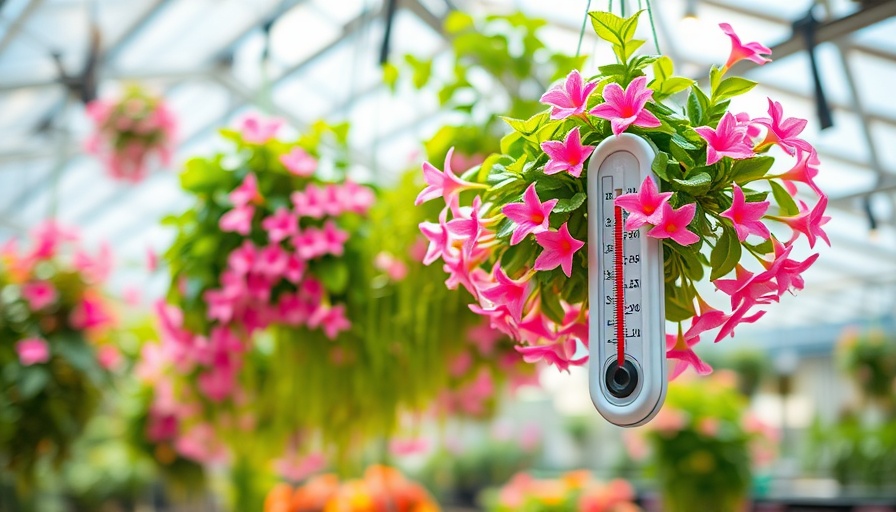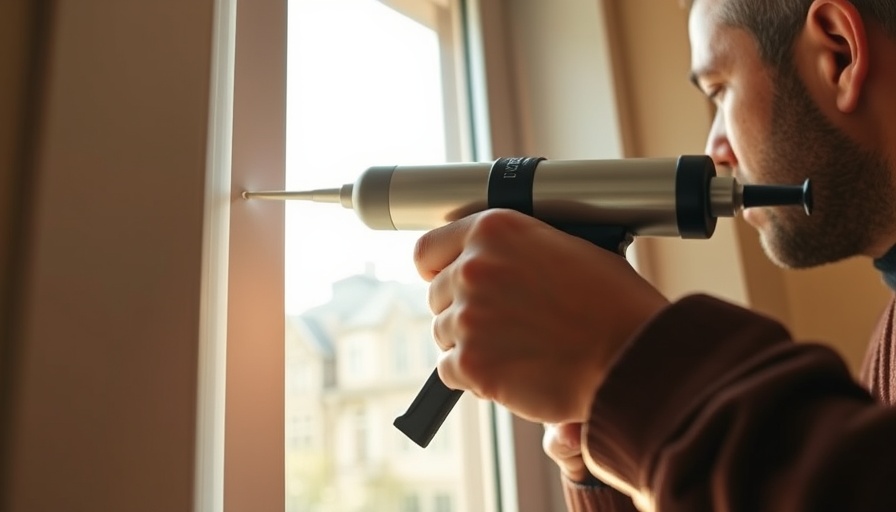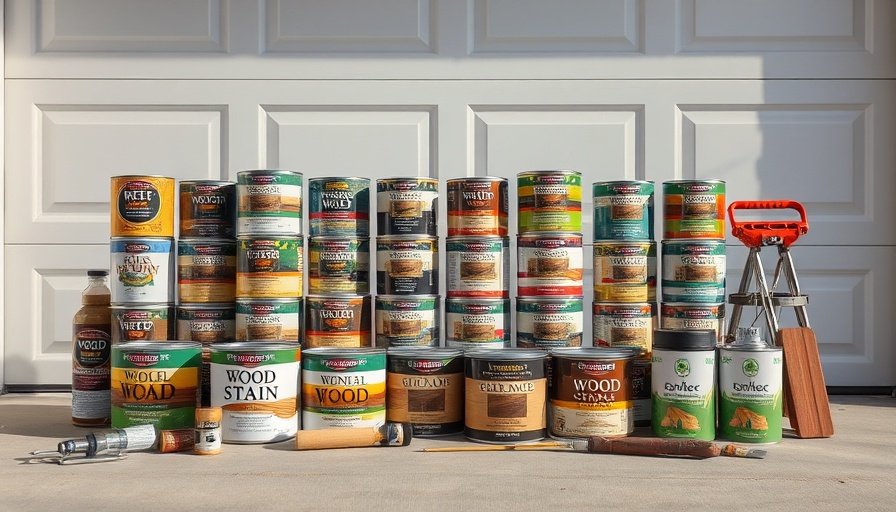
Understanding the Importance of Heating for Your Greenhouse
Greenhouses have gained immense popularity among hobbyists and professional growers alike as they allow for extended growing seasons and protection from harsh weather conditions. However, the effectiveness of a greenhouse largely depends on its ability to maintain optimal temperatures. Understanding how to heat your greenhouse effectively is crucial for fostering healthy plant growth, particularly during colder months. In this article, we will explore various methods for heating your greenhouse, their benefits, and actionable insights for homeowners and contractors alike.
Traditional Heating Methods: Pros and Cons
There are a variety of traditional heating methods available, each with its own set of advantages and disadvantages. Common methods include:
- Electric Heaters: Easy to install and operate, electric heaters provide reliable warmth. However, they can be expensive to run, particularly in colder climates.
- Propane Heaters: These provide a strong source of heat and are often portable, making them ideal for larger greenhouses. The downside is that they require careful handling and can be less environmentally friendly.
- Wood Stoves: An economical choice for those with access to wood, stoves can offer a consistent heat source. However, they require manual operation and regular maintenance.
Choosing the right heating method largely depends on your greenhouse size, plant types, and personal preferences. Considering the local climate is also essential, as it will impact your heating needs.
Innovative Solutions: Modern Technologies for Heating Greenhouses
The landscape of greenhouse heating has evolved with advancements in technology. Emerging methods incorporate energy efficiency, automation, and sustainability. Here are some innovative solutions worth considering:
- Radiant Heating: Utilizing radiant heat systems, which warm surfaces directly rather than heating the air, can provide an effective and efficient way of maintaining temperature without excessive energy use.
- Geothermal Heating: Tapping into the earth’s natural heat can be a sustainable long-term solution. While the initial investment can be significant, geothermal heating can drastically reduce annual energy costs.
- Solar Heating: Employing solar panels to power heating systems or utilizing passive solar design can harness renewable energy sources, minimizing operational costs.
Each of these modern technologies brings unique advantages and can significantly enhance the energy efficiency of your greenhouse.
Actionable Insights: Tips to Optimize Your Greenhouse Heating
To maximize the efficiency of your greenhouse heating, consider implementing the following strategies:
“Incorporating technology not only boosts plant health but also grows your potential yields.”
- Insulation: Invest in quality insulation for your greenhouse to reduce heat loss and maintain steady temperatures.
- Heat Distribution: Ensure even heat distribution by utilizing fans or thermal curtains to maintain an overall balanced and conducive growing environment.
- Monitor Temperature: Utilize smart thermostats and sensors that allow for real-time temperature monitoring and adjustments, ensuring that plants are kept in their optimal growing range at all times.
Future Trends: The Evolution of Greenhouse Heating Systems
The future of greenhouse heating is likely to see increasing integration of IoT (Internet of Things) and AI (Artificial Intelligence) technologies. Smart greenhouses equipped with sensors and automated systems will be able to learn from their environment, adjusting heating methods autonomously to maximize efficiency and plant health.
Moreover, sustainability will continue to be a driving factor in greenhouse heating decisions, as growers increasingly seek ways to reduce their carbon footprint and energy costs. Therefore, keeping abreast of emerging technologies and trends can prove beneficial not only for optimizing heating but also for future-proofing your greenhouse operations.
Conclusion: Steps Toward a Successful Greenhouse
Heating a greenhouse efficiently is a fundamental aspect of ensuring optimal growing conditions for your plants. By evaluating traditional heating methods alongside embracing innovative and sustainable technologies, growers can make informed decisions that enhance plant health and maximize yield. The integration of modern technology will further revolutionize greenhouse management, paving the way for more intelligent, responsive growing environments. Take action today to transform your greenhouse into a thriving haven, and reach out for expert advice to optimize your heating strategies!
 Add Row
Add Row  Add
Add 




Write A Comment